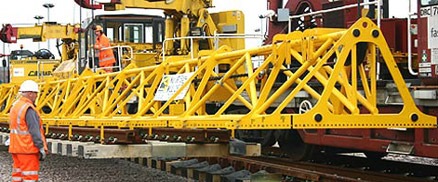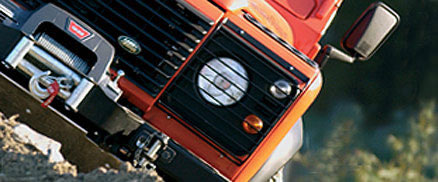If you’re searching for the ideal solution to boost the efficiency which is found on the railways what you need is traction railway bearings. Railway bearings are the smartest choice to make if you want to continually enhance efficiency of railway equipment.
Traction bearings are vitally important to railways as they help them to run more safely, more quickly and more efficiently.
Countries across the globe are investing in up to the minute railway networks, this is because in built up cities they are often considered to be the best form of transportation due to their speed and efficiency when getting from A to B. Due to the global boom in the train industry much greater investment is being placed on new rail equipment so that railway networks can offer the best service possible in terms of speed, cost and efficiency. In addition trains are required to travel over greater distances as the global village develops, meaning that manufacturers want their trains to be as smooth running and maintenance free as possible. Due to the greater stress and strain on rail equipment traction bearing need to be utilised to help handle the extra stress and strain.
Traction railway bearings are developed and manufactured in a manner that causes them to be a great deal tougher than a typical bearing. They are able to function efficiently in several different types of condition. For example traction railway bearings work efficiently with high radial and axial loads, extreme speed, high impact loads, heavy goods and can run for long periods without needing maintenance.
Traction railway bearings are usually manufactured from cylindrical roller bearings as they can withstand high-speeds and heavy-loads and are easy to assemble and disassemble.
Traction railway bearings are usually manufactured from cylindrical roller bearings as they can withstand high-speeds and heavy-loads and are easy to assemble and disassemble.
Traction Railway Bearings permit the user to attain reduced life cycle expenses in the rail network and in contrast to gearbox bearings, traction railway bearings are generally lubricated by grease so that they avoid the difficulties of an oil system and significantly reduce the chance of unwanted oil getting into the train engine.
New special greases have been developed for use with traction railway bearings which help improve performance and reduce the need for maintenance. These greases can withstand high temperatures. However, over greasing can cause a reduction in performance and can also cause overheating.


